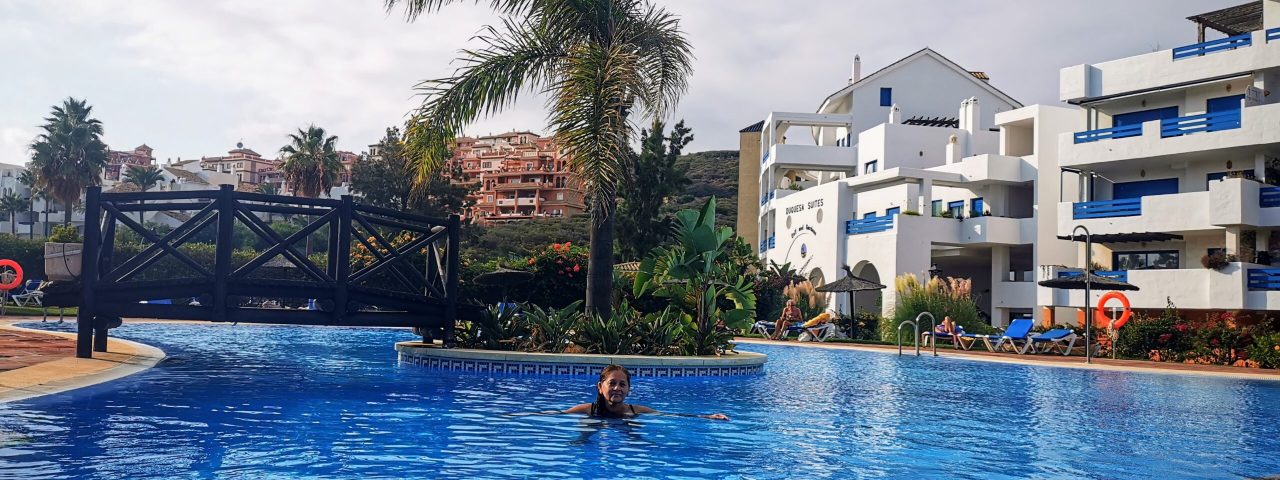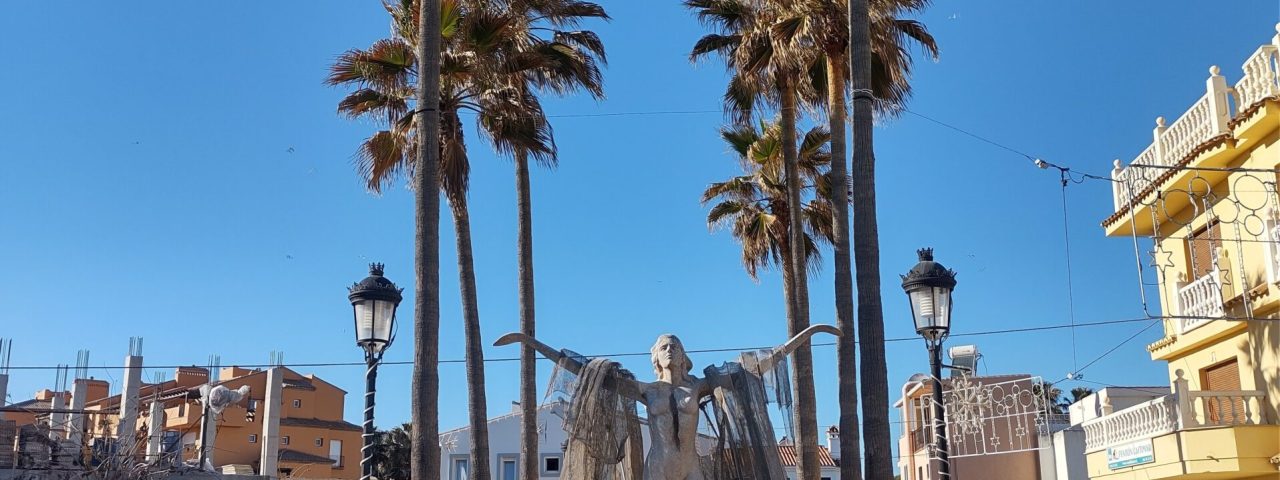Manilva’s rich history dates back to ancient times, with archaeological evidence suggesting the presence of Phoenician and Roman settlements. The area was once a bustling Roman village known for its wine production, and remnants of Roman baths can still be seen today in the nearby Duquesa region. During the Moorish occupation of Spain, Manilva became an important agricultural area, contributing to the region’s rich farming tradition. After the Reconquista, it became part of the Christian Kingdom of Castile, and its strategic location made it a point of interest in various military engagements over the centuries.
Culturally, Manilva has preserved many of its traditions and customs, blending Spanish, Moorish, and Roman influences. One of the town’s most celebrated events is the annual grape harvest festival, known as the Vendimia. Held every September, this festival honors the region’s wine-growing history with parades, traditional music, and grape-stomping events. The local patron saint, Santa Ana, is also honored with a large fiesta in July, which brings the community together in celebration.
Visitors will also encounter various other traditions, from flamenco performances to local handicrafts that reflect Andalusian artistry. Historical landmarks such as the Castillo de la Duquesa, a 17th-century fortress built to defend against pirate attacks, offer a glimpse into the town’s storied past.


